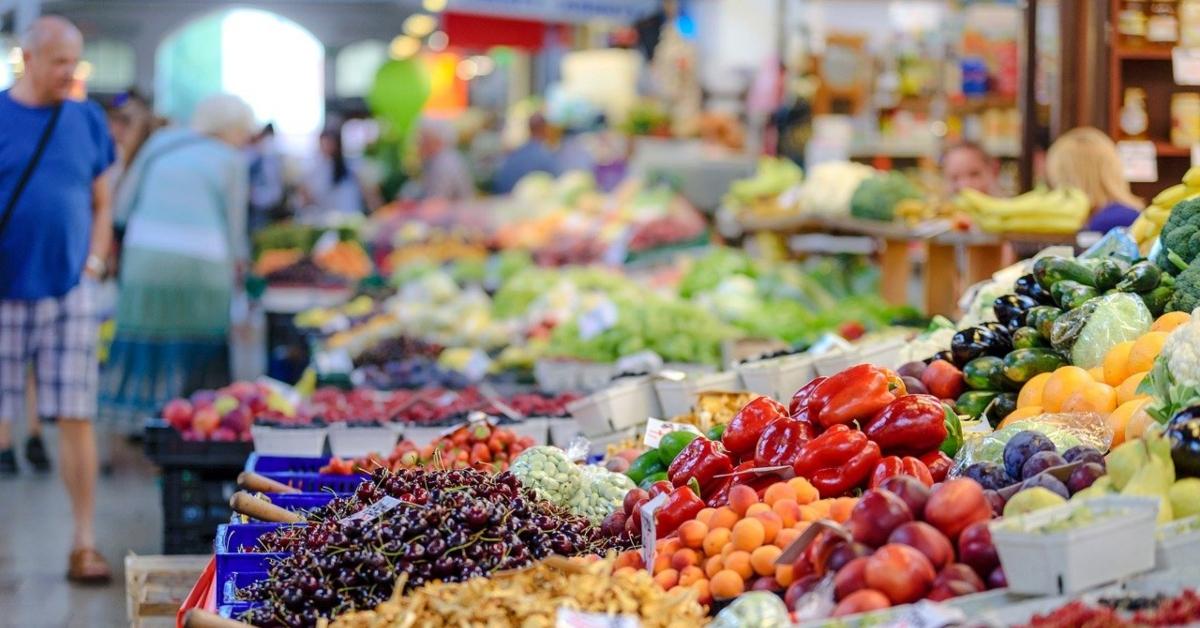The USDA Permanently Raised SNAP Benefits by 25 Percent in Oct. 2021— Are You Eligible?
SNAP benefits rose by more than 25 percent on Oct. 1. Are you eligible for them, and how long will the higher SNAP benefits last?
Oct. 5 2021, Published 11:31 a.m. ET

The Supplemental Nutrition Assistance Program (SNAP, formerly the Food Stamp Program) is a federal government program that assists individuals and families in meeting their food needs. On Oct. 1, 2021, SNAP benefits increased by more than 25 percent.
This is the highest single boost in the program's history, and it will be permanent. Here’s everything that you need to know about SNAP benefits.
SNAP benefits rose in Oct. 2021
Recently, the USDA re-evaluated its Thirty Food Plan, which is used to compute SNAP benefits. The organization found that the cost of a healthy, cost-effective diet was 21 percent higher, driving many families to buy cheaper, unhealthy foods in order to stretch their benefits.

But starting Oct. 1, higher benefits are available to over 42 million SNAP recipients. Benefits vary by state, but beneficiaries can anticipate benefits to increase by around $36 per person, per month, or $1.20 per day. For the average recipient, the monthly per-person benefit will increase to $157 from $121.
While this increase won't be life-changing for most families and individuals, it may stretch grocery budgets for those who rely on SNAP benefits. As the COVID-19 pandemic continues, any improvements that help individuals deal with financial stress are welcome.

Am I eligible for SNAP benefits?
To be eligible for SNAP benefits, a household’s income and resources must meet three requirements:
- The gross monthly income of a household must be at or below 130 percent of the poverty line. In fiscal 2022, the poverty level used to compute SNAP benefits will be $1,830 per month for a household of three. As a result, 130 percent of the poverty line for a three-member household will be $2,379 per month, or around $28,550 per year. The poverty level is lower for smaller households and higher for bigger families.
- Net income, or family income after deductions, must be equal to or less than the poverty line.
- Assets must be below certain limits. Households without an elderly or disabled member must have assets worth $2,500 or less, and households with such a member must have assets worth $3,750 or less.
Assets are often resources that a household may use to purchase food, such as money in bank accounts. Items that aren't easily accessible, such as the family's home, personal property, and retirement funds, don’t count. States have the option of relaxing or eliminating the asset limits, and many have done so.
Difference between food stamps and EBT
Whereas SNAP is a government-funded program that offers food-purchasing assistance for low-and no-income individuals, EBT (electronic benefits transfer) is the process through which qualified individuals and families get their cash and food stamp benefits. The card-based system, similar to a debit card, allows people who receive government assistance such as food stamps to pay for their purchases directly at retailers. The EBT card has replaced the old-fashioned, color-coded, paper food stamps.
How long will the higher SNAP benefits remain?
The increased assistance will be available indefinitely to all SNAP recipients. The permanent boost comes as individuals continue to struggle with food insecurity.
